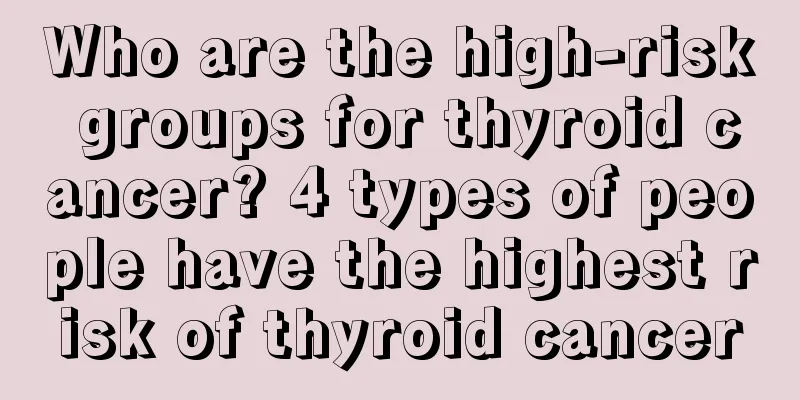Symptoms of subacute granulomatous thyroiditis

|
Subacute granulomatous thyroiditis often occurs in some middle-aged women, and patients will show respiratory tract infections. Moreover, the disease has an acute onset, and patients will experience symptoms such as fear of cold, chills, fatigue, and loss of appetite. 1. Early days The onset is usually sudden, with fever, accompanied by chills, fatigue, weakness and loss of appetite. The most characteristic symptom is pain and tenderness in the thyroid area, which often radiates to the submandibular area, behind the ear, or neck. The pain worsens when chewing and swallowing. The range of thyroid lesions varies, and may start in one lobe and then expand or transfer to another lobe, or always be limited to one lobe. The affected glands are enlarged, hard, and painful. When the lesions are extensive, a large amount of thyroid hormone and non-hormonal iodinated protein in the follicles are temporarily released into the blood. Therefore, in addition to the general manifestations of infection, common manifestations of hyperthyroidism may also occur. 2. Mid-term When thyroid hormones in the thyroid acinus are depleted due to infection and destruction, before the thyroid parenchymal cells are repaired, the serum thyroid hormone concentration may drop to the level of hypothyroidism, and clinically it may turn into hypothyroidism. 3. Recovery period The symptoms gradually improve, and the goiter or nodules gradually disappear. In many cases, small nodules remain and are slowly absorbed. If treated promptly, most patients can recover completely, and only a few develop permanent hypothyroidism. In mild or atypical cases, the thyroid gland is only slightly enlarged, with mild pain and tenderness, no fever, and mild systemic symptoms. Clinically, there may not be any signs of hyperthyroidism or hypothyroidism. The course of this disease varies in length, from a few weeks to more than half a year, generally about 2 to 3 months, so it is called subacute thyroiditis. After the disease is relieved, it may relapse. |
<<: What are the symptoms of condyloma
>>: What are the symptoms of late-stage pulmonary fibrosis
Recommend
Licorice mixture oral liquid
Compound licorice mixture oral liquid is mainly m...
What are the surgical resection methods for kidney cancer
Li Qiang is an oncologist. He is best at diagnosi...
What is the reason why men have yellow hair
A man's hair affects his image. A head of bla...
What's the matter with the two pieces of flesh under the lips?
The two lumps of flesh under the lips are general...
How to care for the skin during radiotherapy for nasopharyngeal carcinoma
What effect does moisture have on nasopharyngeal ...
What to do when your gums are inflamed, swollen and painful? Three major methods to tell you
Gingivitis means swelling and pain at the root of...
Is obesity hereditary?
It is important to note that obesity, especially ...
What are the targeted drugs for treating lung cancer
The commonly used molecular targeted drug for lun...
What is the pathology of trigeminal neuralgia
I believe everyone has heard of trigeminal neural...
What will happen if garnet is not demagnetized
Garnet is a common jewelry. It is also called the...
Does sweet potato flour contain high sugar content?
For diabetic patients, they should be careful to ...
I turned over and felt dizzy and nauseous
People will have some physical problems when they...
How to recover fastest from a broken foot
There are always many small accidents in life. If...
Symptoms of spinal neuritis, two aspects of manifestation
Spinal neuritis is most common in young and middl...
What are the key points of nursing and health care for advanced liver cancer? Introduction to key points of daily nursing for advanced liver cancer
I believe that people are familiar with liver can...









